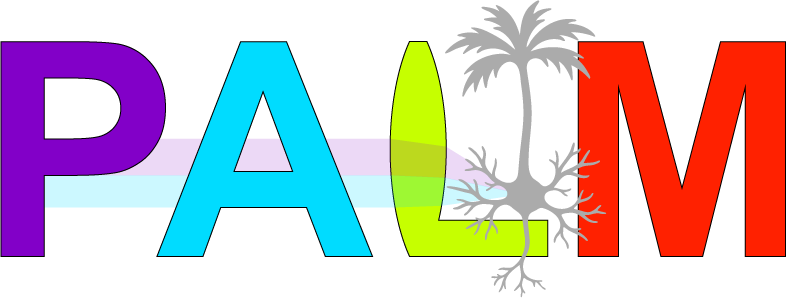The Lattice Light Sheet microscope was originally developed by Nobel laureate Eric Betzig while he was at Janelia Research Campus. The optical sectioning sheet of light is made by using an annulus to create a Bessel beam before modulating the light by an SLM into an optical lattice. The optical lattice is then dithered latterally to create a homogenous sheet of light.
The sample holder is moved by a piezo through the lattice beam waist to effectively scan the sample. This creates an image stack that is deskewed and deconvolved into a convential 3D volume. The volume is repeatedly scanned to create 3D movies.
The main advantages of this imaging technique are thin optical slices, with high contrast, at high acquisition speed, limiting phototoxicity.
Typical imaging volumes are on the order of 50x50x15 µm with a time resolution of ~2 seconds per channel. These parameters can be adjusted in a multitude of ways.
There are currently 3 laser lines for excitation including 488, 560, and 642 nm. Magnification of the system is 63x. Data is collected on an Orca Flash 4.0 CMOS. Imaging conditions include room temperature and 37 degrees C.
Due to the highly complex nature of the microscope formal training is not offered. If you are interested in using the Lattice Light Sheet microscope, please contact the BIDC ([email protected]) to set up an appointment for consultation.
Please expect 2-3 weeks from initial contact to first imaging attempt.
Other Useful Links:
Lattice Light Sheet on PubMed
Lattice Light Sheet Microscope Wikipedia
